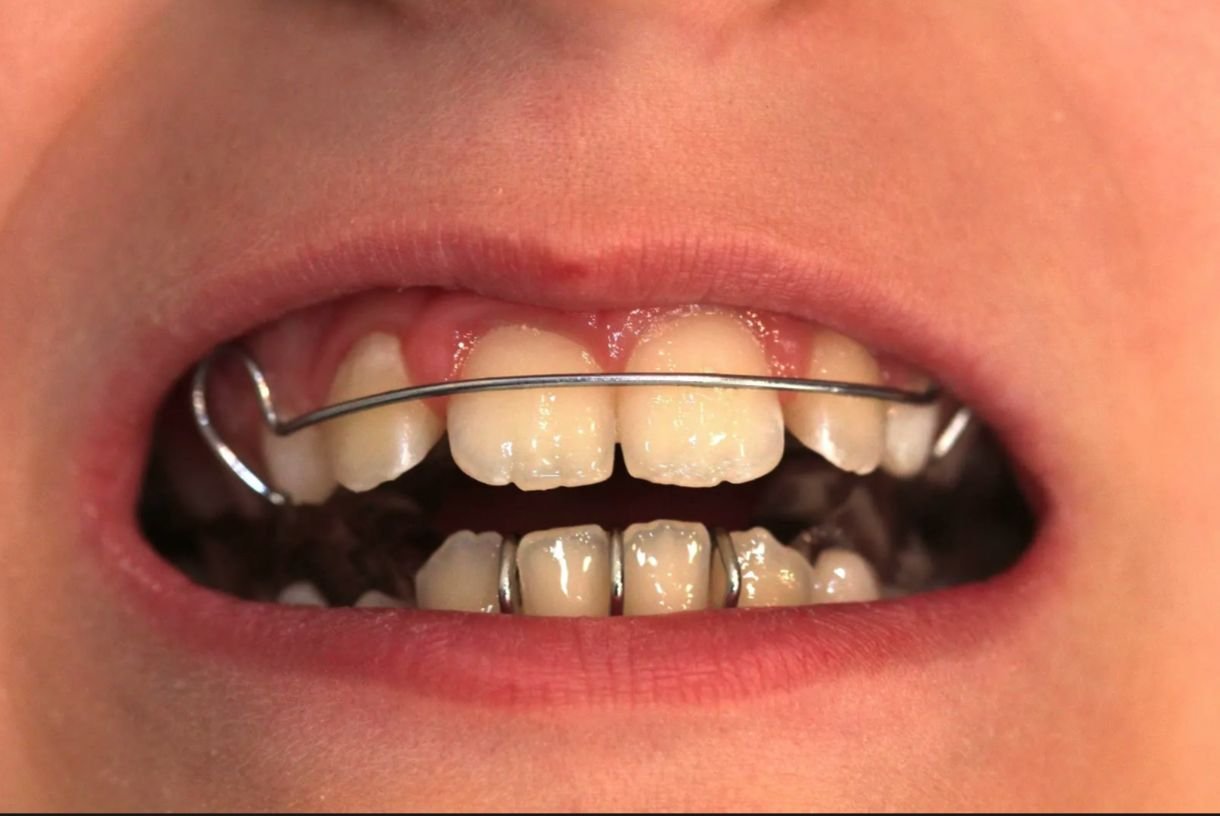Braces are an effective method for achieving a healthy smile, but sometimes a bad bite can damage the brackets and prolong your braces treatment. This is common in people who have a deep bite, crowded teeth, or crossbite because the teeth and jaw are not properly aligned yet. Bite blocks are a helpful tool to prevent this damage and make your treatment go faster.
What Are Bite Blocks?
As effective as braces are, sometimes they need a little help. Bite blocks, also known as a ramp or turbo, prevent damage to metal braces by restricting the upper and lower teeth from touching. The material is a moldable acrylic plastic that shapes to your teeth and prevents them from coming in contact with the brackets. The plastic is durable enough to withstand pressure from eating and is available in various colors—they can even match the shade of a tooth.
Why Are Bite Blocks Used?
The main functions of bite blocks are to correct a misaligned bite and protect braces brackets. They also help to prevent damage to your teeth while they move during orthodontic treatment. In many cases, the way your top and bottom teeth come in contact can slow the progress of your braces treatment, and an untreated deep bite can result in gum disease and enamel wear, according to the American Orthodontics Association. To keep your braces in working condition, an orthodontist will likely apply bite blocks to either the front two teeth or on the chewing surfaces of your molars so your braces can do their job without interruption.
How Long Do Bite Blocks Last?
If your dental professional recommends bite blocks as part of your orthodontic treatment, know that bite blocks are typically only necessary for roughly six to twelve months. You will only need bite blocks until your teeth move into a healthy alignment or your teeth no longer come in contact with the brackets when biting down.
How Do You Eat With Bite Blocks?
Just like getting braces, adjusting to having bite blocks in your mouth can take some time. At first, try sticking with soft foods while adapting to the bite blocks. Cutting up your food into smaller bites can also make chewing easier. After about a week, you should be more accustomed to eating with bite blocks, and you can move on to other braces-friendly foods.
How Do I Clean a Bite Block?
Cleaning your teeth with braces indeed requires a little additional maintenance, but it's essential for keeping your treatment on track. Try to brush your teeth after you eat to ensure food doesn't get stuck in between teeth. Interdental cleaning with a water flosser or floss threader made for braces should also be part of your routine for keeping your braces and bite blocks clean.
Bite blocks are an effective tool in orthodontics for preventing a bad bite from damaging metal braces. If a dental professional recommends bite blocks for you, know that these small, plastic devices can positively impact keeping your treatment on track—so you can enjoy your newly straightened smile right on schedule.


